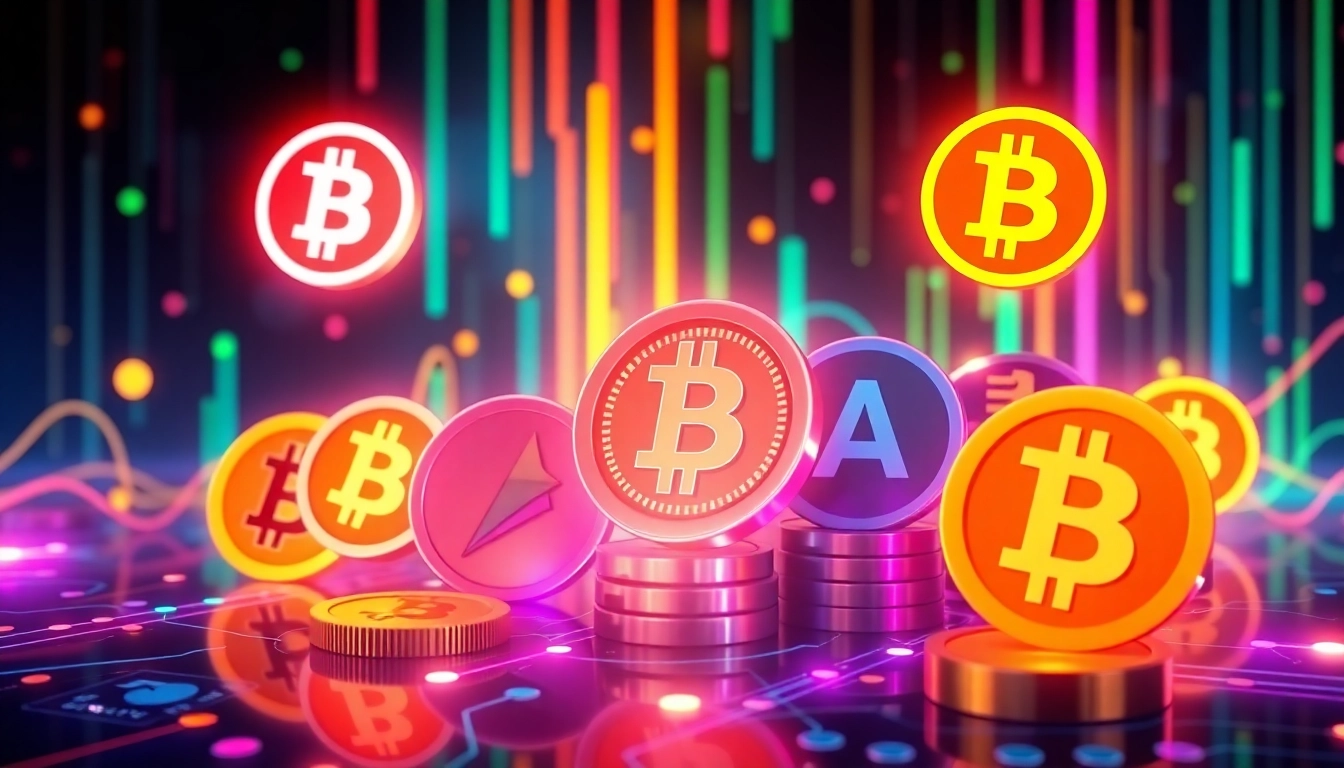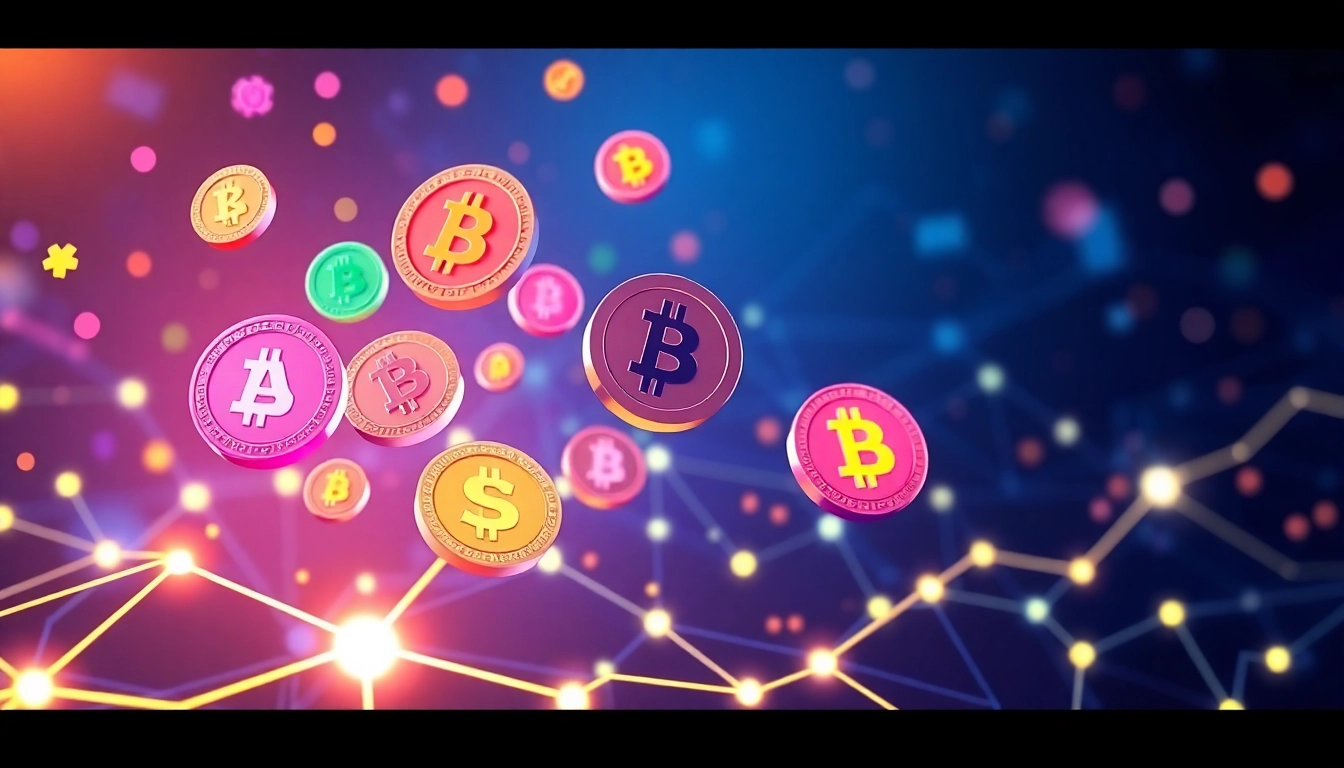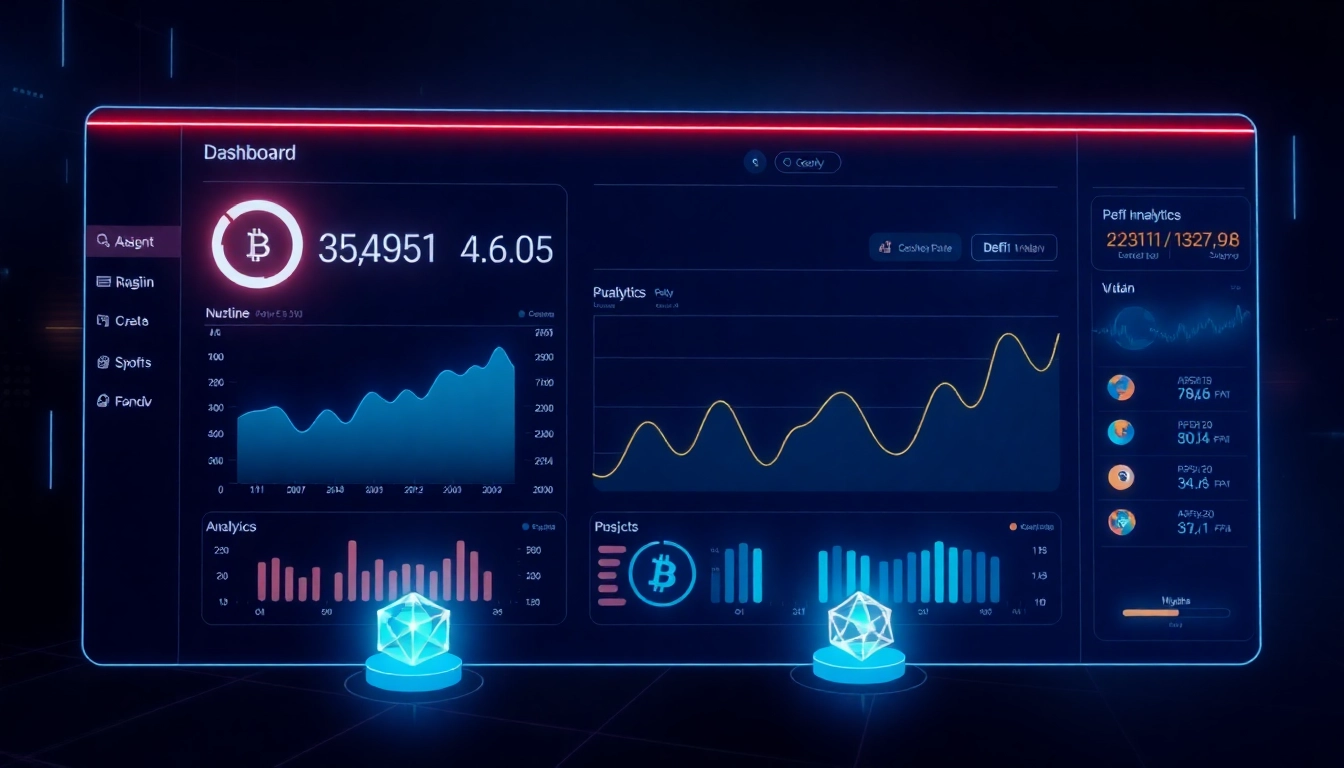Understanding Altcoins: Key Definitions and Categories
In the rapidly evolving landscape of cryptocurrencies, altcoins have garnered significant attention from investors, developers, and enthusiasts alike. Originally coined as “alternative coins” to Bitcoin, altcoins encompass a diverse array of digital currencies that operate on their own blockchain networks or utilize different technological frameworks. Recognizing what sets altcoins apart from Bitcoin is essential for anyone looking to understand the broader crypto ecosystem, as well as for those considering investment opportunities.
What Are Altcoins and How Do They Differ from Bitcoin?
Altcoins are essentially all cryptocurrencies other than Bitcoin (BTC). They are born out of the need to improve upon Bitcoin’s limitations—such as scalability, transaction speed, privacy, and smart contract capabilities—or to serve niche applications. Unlike Bitcoin, which was primarily conceived as a decentralized digital monetary system, many altcoins target specific use cases like privacy (e.g., Monero), faster transaction processing (e.g., Litecoin), or programmable smart contracts (e.g., Ethereum). The key difference lies in their technical design and intended functionality: while Bitcoin remains the pioneer and most recognized, altcoins diversify options for users and developers seeking particular features or market segments.
For a comprehensive understanding of altcoins, visit altcoins, which provides insights into their latest developments and market trends.
The Main Types of Altcoins: Coins vs. Tokens
Altcoins can be broadly classified into two categories: coins and tokens. Coins, like Bitcoin, Litecoin, and Dogecoin, operate on their native blockchains and are primarily used as digital currencies or stores of value. Tokens, on the other hand, are digital assets built on existing blockchain platforms—most notably Ethereum—via smart contracts. These tokens can represent assets, provide access to services, or function as governance rights within decentralized applications (dApps).
For example, Ethereum’s ERC-20 tokens are a popular standard for issuing tokens on its blockchain, enabling the creation of decentralized finance (DeFi) protocols, non-fungible tokens (NFTs), and more.
Historical Evolution of Altcoins and Market Growth
The first altcoin, Litecoin, was launched in 2011 as a “lite” version of Bitcoin, aiming to provide faster transaction times. Over the years, the number of altcoins skyrocketed, reaching thousands today. The market’s growth is driven by technological innovation, investor demand, and an expanding ecosystem of decentralized applications and services. Recent years have seen notable moves by institutional players and the rise of tokenized assets, further legitimizing altcoins’ role in mainstream finance. The ongoing development of niche coins and tokens exemplifies the sector’s dynamism and potential for exponential growth.
Investment Strategies and Risks for Altcoin Traders
Evaluating the Potential of Top Altcoins for Long-Term Growth
Investors aiming for long-term gains should focus on fundamental analysis, examining the project’s technology, development team, market adoption, and community support. Promising altcoins often demonstrate strong use cases, active development, and strategic partnerships. For example, Ethereum’s focus on interoperability and scalability continues to attract projects and institutional interest, making ETH a prime candidate for long-term holding.
Another approach involves analyzing the token’s utility, supply dynamics, and inflation models. Coins with limited supply, deflationary mechanisms, or dedicated use cases tend to be more resilient over time. Diversification across a mix of established and emerging altcoins can also mitigate risks while capturing growth opportunities.
Risks and Common Pitfalls When Investing in Altcoins
The altcoin market is notoriously volatile. Factors such as market manipulation, lack of regulation, project failures, or security breaches can lead to sudden price swings or loss of funds. Investors should be cautious of “pump and dump” schemes, scams, and low-liquidity coins that are susceptible to price manipulation. Moreover, the risk of technological obsolescence or failure to deliver on promises is significant in a space characterized by rapid innovation.
How to Conduct Due Diligence on Altcoin Projects
Due diligence involves researching the project’s whitepaper, code repositories, developer activity, community engagement, and strategic partnerships. Accessing credible sources such as GitHub commits, social media channels, and independent analyst reports helps verify the project’s legitimacy and growth potential. Evaluating the team’s background and the project’s roadmap provides insights into their capacity to achieve stated goals.
Incorporating security best practices, such as storing assets in reputable wallets and enabling two-factor authentication, further reduces vulnerabilities.
Emerging Trends and Future Outlook for Altcoins
Decentralized Finance (DeFi) and NFT-Related Altcoins
DeFi has revolutionized traditional finance by enabling lending, borrowing, and trading directly on blockchain platforms. Altcoins associated with DeFi protocols—such as Aave, Uniswap, and Compound—are experiencing substantial growth, driven by increased adoption and innovation. Similarly, the surge in non-fungible tokens (NFTs) has created a new category of altcoins like Flow, Enjin, and Chiliz, fueling a vibrant digital collectibles ecosystem.
Regulatory Developments Impacting Altcoins in 2024
Regulation remains one of the most unpredictable factors shaping the future of altcoins. Governments worldwide are establishing frameworks to regulate cryptocurrencies, focusing on investor protection, anti-money laundering (AML), and taxation. Clearer regulations can legitimize the market and attract institutional investors, but overly restrictive policies may dampen innovation. Staying informed about evolving legal landscapes is crucial for investors and project developers alike.
Innovations and Upcoming Projects to Watch in the Altcoin Sphere
Recent innovations include interoperability protocols, privacy-focused coins, and Layer 2 scaling solutions that enhance transaction speed and reduce costs. Projects like Polkadot, Cosmos, and Avalanche aim to connect different blockchains, promoting a more integrated ecosystem. Moreover, sectors like Web3, gaming, and enterprise solutions are attracting new projects, suggesting robust growth pathways amidst technological advancements.
Technical Analysis and Market Sentiment for Altcoins
Using Charts and Metrics to Identify Buy/Sell Signals
Technical analysis (TA) remains a vital tool for traders, utilizing price charts, volume, moving averages, RSI, MACD, and other indicators. For example, a crossing of the 50-day moving average above the 200-day moving average (golden cross) can signal a bullish trend, while divergence in RSI might indicate overbought conditions. Advanced traders often combine multiple metrics to confirm entry and exit points, reducing risk exposure.
Influence of Institutional Adoption on Altcoin Prices
Institutional interest significantly impacts altcoin valuations. Examples include infrastructure investments, custody solutions, or large purchases by institutional players, which can generate positive momentum. For instance, recent reports of Ethereum staking services for institutions and high-profile Bitcoin treasury strategies set the stage for broader acceptance of altcoins in traditional finance.
Sentiment Indicators and Community Engagement Trends
Market sentiment can be gauged through social media analysis, on-chain metrics like wallet activity, and news sentiment. A vibrant community often correlates with bullish trends, while community disengagement or negative news can precede downturns. Platforms like LunarCrush or Santiment provide sentiment analytics that help traders align their strategies with market moods.
Practical Tips for Buying and Storing Altcoins
Best Platforms and Wallets for Altcoin Trading
Choosing reputable exchanges such as Binance, Coinbase, or Kraken provides liquidity and security for trading altcoins. For storage, hardware wallets like Ledger or Trezor offer cold storage capabilities, safeguarding assets from hacking. Additionally, decentralized wallets like MetaMask facilitate interaction with dApps and staking platforms on Ethereum-based tokens.
Safeguarding Your Altcoins Against Threats
Always activate multi-factor authentication, use unique passwords, and keep private keys offline. Vigilance against scams, phishing attacks, and malware is crucial, especially for newcomers. Conduct routine security audits of wallets and avoid sharing sensitive information publicly.
Strategies for Diversification and Portfolio Management
Balancing a portfolio with blue-chip altcoins, emerging gems, and stablecoins mitigates risks. Regular portfolio rebalancing ensures alignment with market conditions and personal risk appetite. Tools like portfolio trackers can automate this process and provide real-time analytics, enabling traders to adapt swiftly to market movements.



